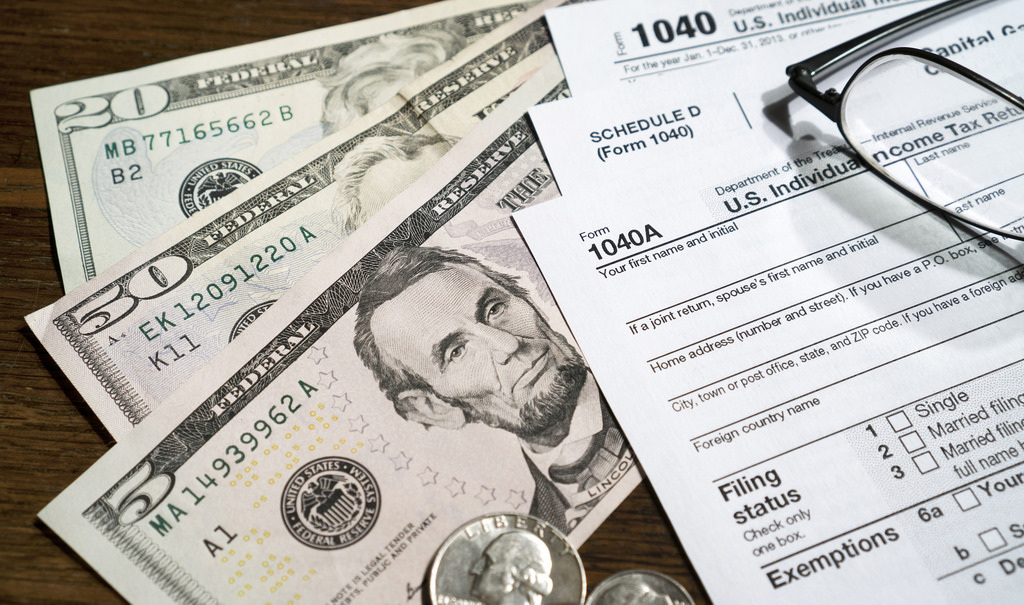| A delegation from the Jordan School District met with the editorial board last week to lob a pitch for a $240 million bond. Three years ago district officials pitched a no-hitter — a bond proposal twice as large that went down to an inglorious defeat at the polls. A little while later, Sydnee Dickson, the new state superintendent of public schools, paid a visit to the combined editorial boards of KSL and the Deseret News. When I asked her about taxes, she |
| | acknowledged she really would like more, too. Some have suggested a 7/8 of 1 percent hike in the state income tax. Dickson was coy about an exact figure. But she did say something you don’t hear much from public officials. If they want money, public schools must be completely transparent. “We’ve got to be much better about getting clear on what we need to the money for; what we’re spending it on; how we’ll account for that and how we’ll afford it.” Even that may not be enough. As the Deseret News reported last week, the list of cities, school districts and other local governments wanting tax hikes this year is long. Six separate governments in Davis County, seven in Utah County and five in Salt Lake County want you to pay more. Times must be good, or so public officials hope. Add it all together, and they would take millions of dollars out of the economy. But of course, few people do add it all together, except perhaps you. You don’t live in all the affected districts, of course, but you still feel the burden of a dollar here, and a few more over there — even if you are assured it all is for a worthy cause. And don’t forget you’re paying more for gas this year because the Legislature raised that tax, too. The Utah Taxpayers Association estimates Utah cities alone collect $564, on average, in yearly taxes and fees from their residents. But direct taxes aren’t the only cost. Local governments and states like to compete for economic development. The proposed new Facebook data center in West Jordan is a prime example. Eventually, it would take $240 million in tax breaks, according to the offer on the table. Every subsidy comes with assurances the public won’t feel the pain. The businesses add value to property and help the economy grow. But states, counties and cities nationwide give up tens of billions a year in subsidies to businesses, according to various estimates. Much of this is due to states competing against each other for businesses. The Cato Institute calculates corporate subsidies add to $870 per family. As the late Illinois Sen. Everett Dirksen said, “A billion here, a billion there, pretty soon you’re talking real money.” But when do we hit “real money?” The tendency, of course, is to assume we’re all paying too much and that government is full of waste — unless you work for a government, in which case you always see the need for more money, and people seem always to demand more for less. Think tanks struggle to come up with definitive answers. The Cato Institute this week published an index it called, “Freedom in the 50 States.” Utah scored 20th place, but it got dinged for its restrictive laws on alcohol, marijuana and gambling — things I’m guessing many of you might see as good for the state’s quality of life. A few years ago, the Utah Foundation that showed people pay less in property taxes today, in real terms, than they did in 1965. Even that didn’t settle anything. “Real money” is an elusive term. One thing is certain, a little snarl from taxpayers can have an effect. That no-hitter the Jordan District pitched three years ago led to a pared down version this time around. They had to make due. But if you’ve been out there and seen all the kids roaming around, you might conclude that a little more is OK, provided all the other governments don’t pile on. Still, I have a feeling Sydnee Dickson is onto something. If you really need it, you had better account publicly for every penny. |


 RSS Feed
RSS Feed

